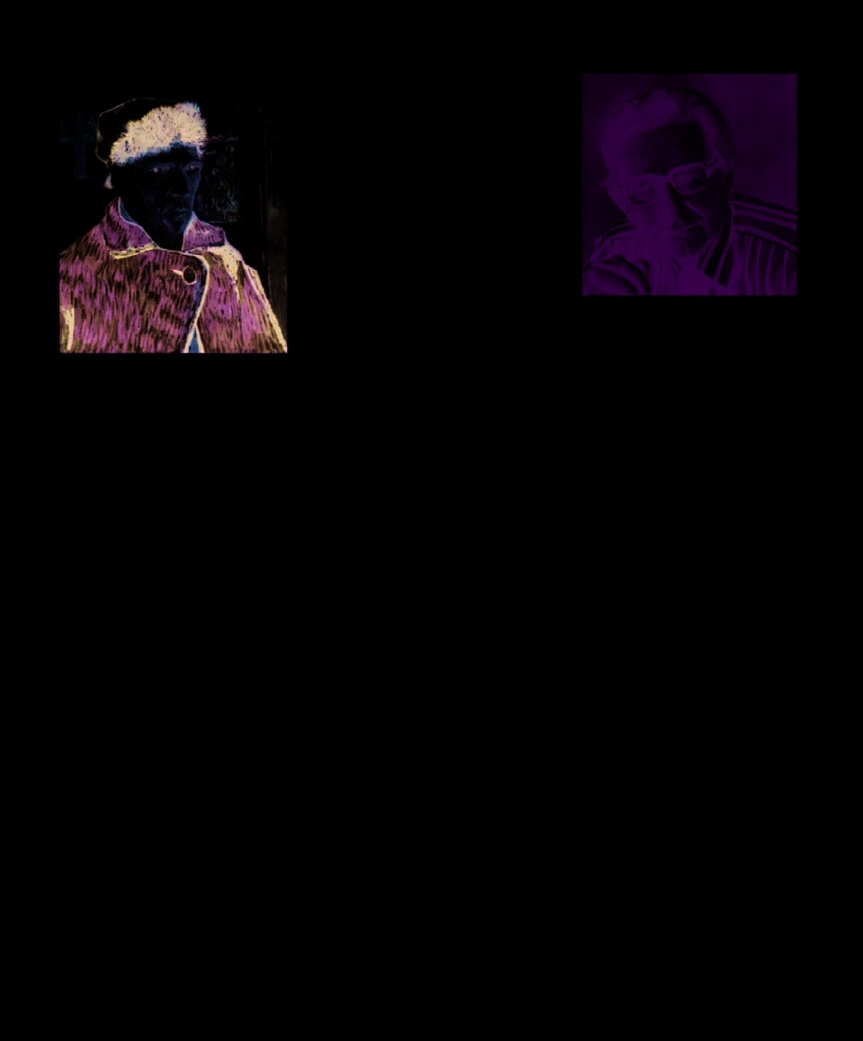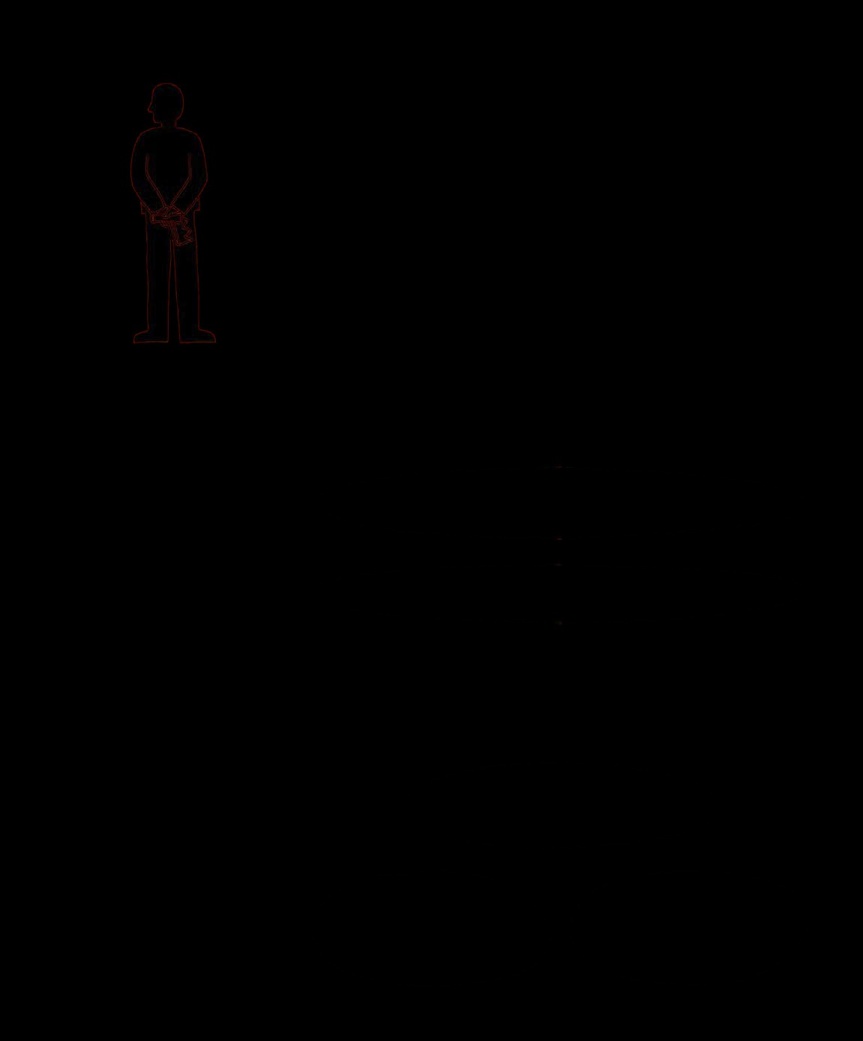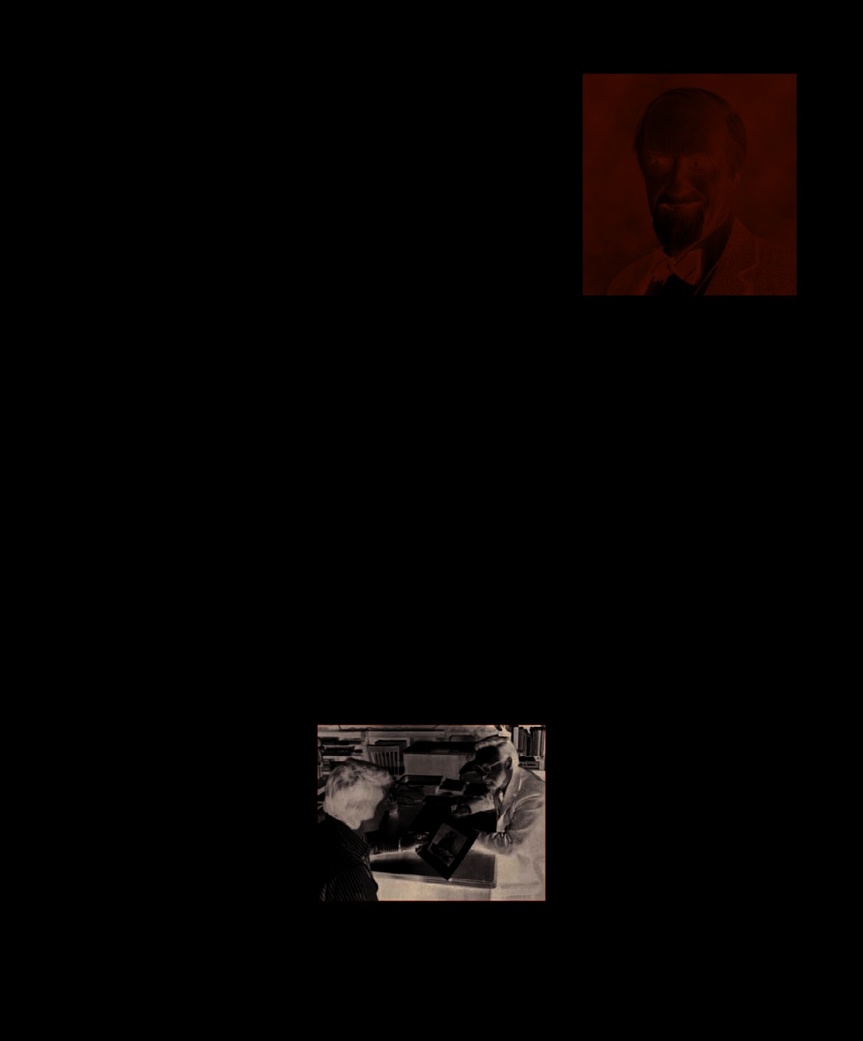The Psychology Book (101 page)
Read The Psychology Book Online
Authors: Unknown

with psychotic patients. In controlled
is the mental search process which
studies, such as those by Norwegian
we use to find solutions, by
Through this work, he identified
psychologist Dan Olweus and his
bringing together different ideas
a third dimension of temperament,
colleagues in 1980, the aggressive
from memory to form new answers
which he labelled “psychoticism,”
element of psychoticism has been
to problems. This mental scanning
a term that has largely replaced the
related biologically to increased
is guided by ideas of relevance:
word “insanity” in general use. In
testosterone levels.
what past ideas and experiences
personality theory, this was quite
do I have that are relevant to this
a departure: most personality
Studying genius
problem? Each of us performs this
theorists were attempting to define
A clear psychological definition of
differently, and it is an ability that
and measure the normal (sane)
creativity has proved slippery, but
is independent of our IQ. The
personality. However, Eysenck
there is broad agreement that it
ability runs along a scale, ranging
from an expansive, over-inclusive
idea of what is relevant (seeing
too many things as potential
possibilities), to an overly narrow
one (seeing few possibilities); at the
center sits a more conventional
sense of what might apply to any
problem at hand.
Over-inclusive thinking can be
measured by word-association
tests, which analyze two features:
the number of responses to any
given word, and the originality of
responses. For example, when
presented with the word “foot,”
those with a narrow range of
responses are most likely to
Professor Frankenstein
creates
a monster in Mary Shelley’s novel, and
exhibits classic psychotic symptoms:
recklessness, disregard for conventions,
and tough-mindedness.

PSYCHOLOGY OF DIFFERENCE 321
psychoticism (in the absence of
psychosis). The drive to translate the
trait of creativity into achievement,
for example by creating works of
art, comes from aspects of
the psychotic temperament,
in particular the over-inclusive
thinking style. Eysenck was not
suggesting a causal link between
genius and insanity; while the
two things have something
in common—over-inclusive
thinking—this combines with
other features of genius or insanity
Hans J. Eysenck
to lead to very different results.
Research into creativity faces
Hans Jurgen Eysenck was
born in Berlin, Germany, to
Creative geniuses
, such as the artist
a number of difficult challenges:
artistic parents; his mother
Vincent van Gogh, exhibit traits from
with some researchers claiming
Eysenck’s psychoticism dimension,
was a well-known film actress,
that creativity can only be judged
particularly over-inclusive thinking,
and his Catholic father, Eduard,
on what it produces. Eysenck
independence, and nonconformity.
was a stage performer. His
felt unable to propose a fully
parents separated soon after
developed theory of creativity,
his birth, and he was raised
respond with the word “shoe;” a
only a suggestion for one. As he
by his maternal grandmother.
slightly wider range of inclusive
said, “I am linking several fuzzy
In 1934 he discovered that
thinking might contain the words
theories.” His work ranged over
he could only study at Berlin
“hand” or “toe,” while an over-
many areas, though he is best
University if he joined the
inclusive person might generate
known for his exploration into
Nazi party, so he traveled to
words such as “soldier” or “sore.”
personality and intelligence. His
England to study psychology
This kind of test makes it possible
PEN (Psychoticism, Extraversion,
at University College London.
to measure people’s creativity.
Neuroticism) model was hugely
He married in 1938 and
It is the element of over-inclusive
influential, and acted as the
after narrowly escaping
internment as a German
thinking that Eysenck demonstrated
basis for much of the later
citizen during World War II, he
to be a common feature of both
research into personality traits. ■
completed a PhD, and took up
psychoticism and creativity. When
work as a psychologist at an
over-inclusive thinking and high IQ
emergency hospital. He later
are present together, creative
founded and then headed the
genius will result, because the
Institute of Psychiatry at the
combination generates creative and
University of London. Eysenck
original ideas. This is the cognitive
married again in 1950, and
characteristic that lies at the base
Psychoticism in the absence
became a British citizen in
of creativity. When over-inclusive
of psychosis… is the vital
1955. He was diagnosed with a
thinking and psychotic symptoms
element in translating the
brain tumor in 1996 and died
are present together, psychosis, in
trait of creativity (originality)
in a London hospice in 1997.
varying degrees, may result.
from potential to actual
Key works
achievement.
Creativity and personality
Hans J. Eysenck
1967
The Biological Basis of
Eysenck believed that creativity is
Personality
a personality trait that provides the
1976
Psychoticism as a
potential for creative achievement,
Dimension of Personality
but the realization of that potential
1983
The Roots of Creativity
lies in the character trait of

322
THREE KEY
MOTIVATIONS
DRIVE PERFORMANCE
DAVID C. MCCLELLAND (1917–1998)
IN CONTEXT
Motivation
is a key component of job performance.
APPROACH
Need theory
BEFORE
But what people say about their motives
1938
American psychologist
cannot be taken at face value
...
Henry Murray develops his
theory of how personality is
shaped by psychogenic needs.
1943
Abraham Maslow’s
A
...because motivations are largely
unconscious
.
Theory of Human Motivation
presents his hierarchy of needs.
1959
In
Motivation to Work
, US
psychologist Frederick Herzberg
Tests reveal that there are three key
states that achievement, rather
motivations that drive performance.
than money, motives people.
AFTER
1990
In
Flow: The Psychology
of Optimal Experience
, Mihály
Csíkszentmihályi discusses
Achievement:
the drive to
motivation for achievement.
excel and improve in all efforts.
2002
Martin Seligman explores
motivation as the expression of
character strengths.
2004
In
Leadership That Gets
Affiliation:
the drive to
Power:
the drive to
Results
, US psychologist Daniel
form and maintain warm
influence and manage
Goleman applies McClelland’s
relationships with
other people.
other people.
ideas to leadership in business.

PSYCHOLOGY OF DIFFERENCE 323
See also:
Abraham Maslow 138–39 ■ Mihály Csíkszentmihályi 198–99 ■
Martin Seligman 200–01
I
n the 1960s and 70s, decisions the unconscious. We are not fully
about whether to employ
aware of our own motivations, he
someone or not were usually
stated, so what we may say about
based on educational achievement,
our motives in job interviews or
and the results of personality and IQ
self-report questionnaires should
tests. David C. McClelland, however,
not be taken at face value. He
suggested that peoples’ motivations
advocated using the Thematic
were the best predictor of success
Apperception Test (TAT), which
in the workplace. Through extensive
psychologists Henry Murray and
research, he identified the three key
Christiana Morgan devised in
motivations that he believed were
the 1930s as a way of revealing
David C. McClelland
responsible for job performance: the
aspects of the unconscious. Rarely
need for power, for achievement,
used in a business setting, the test
David Clarence McClelland
was born in Mount Vernon,
and for affiliation. While everyone
presents a series of pictures to the
New York. After graduating
has all three motivations, he
subject, who is then asked to
from Wesleyan University,
maintained that one would be
develop a story based on them.
Connecticut, and gaining
dominant, shaping a person’s
The assumption is that the stories
an MA at the University of
performance in the workplace.
will be a projection of the subject’s
Missouri, he moved to Yale,
underlying abilities and motivations.
where he completed his PhD
Three key needs
McClelland went on to devise an
in experimental psychology
McClelland saw the need for power,
innovative way of analyzing TAT
in 1941. He taught briefly at
or to have control over others, as
responses to allow a comparison
several universities, before
the most important motivation for
between the suitability of the
accepting a position at
a good manager or leader. But this
different people who took the test
Harvard in 1956. McClelland
is only true as long as the need for